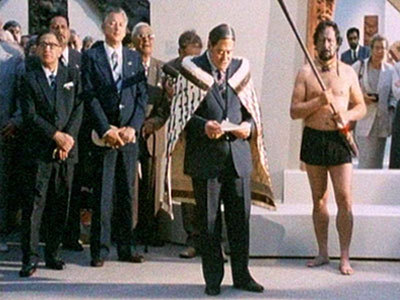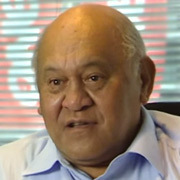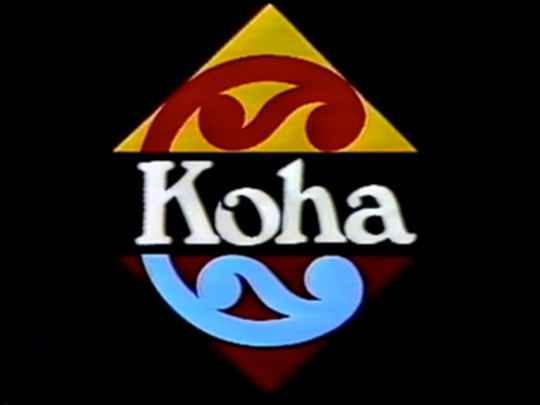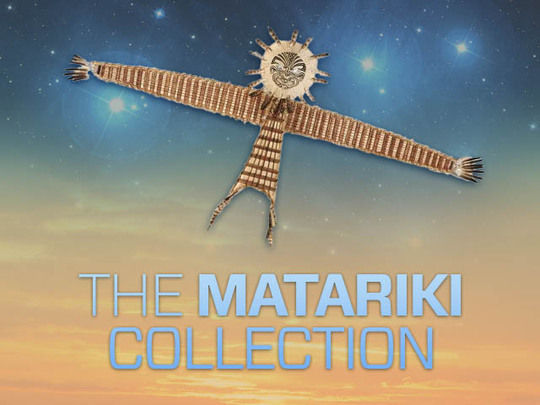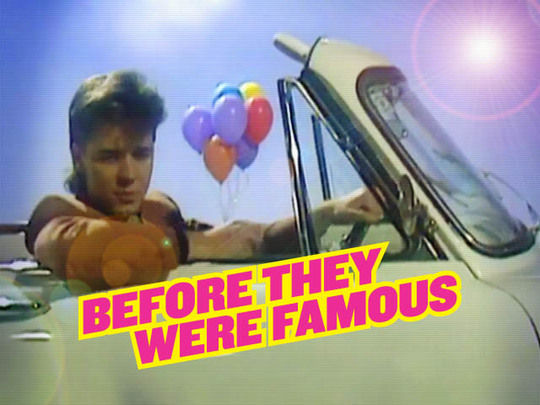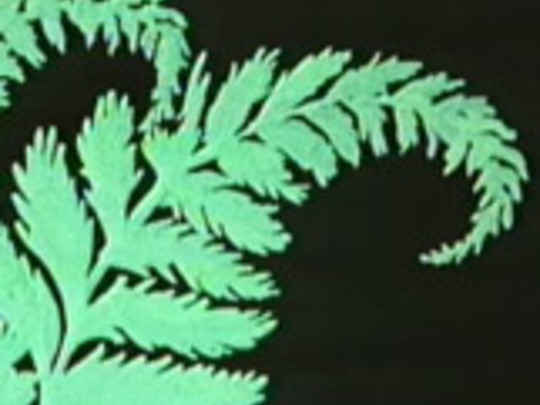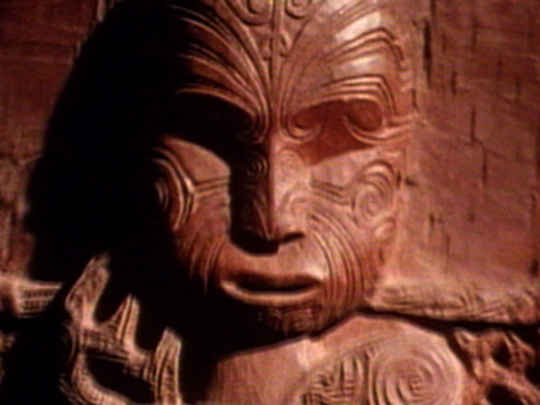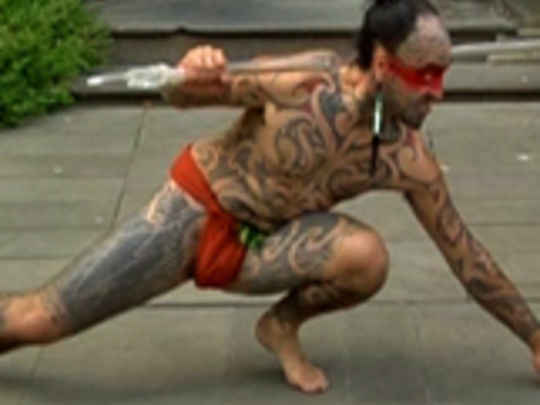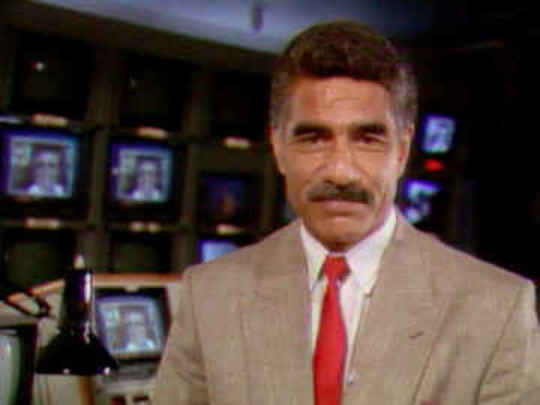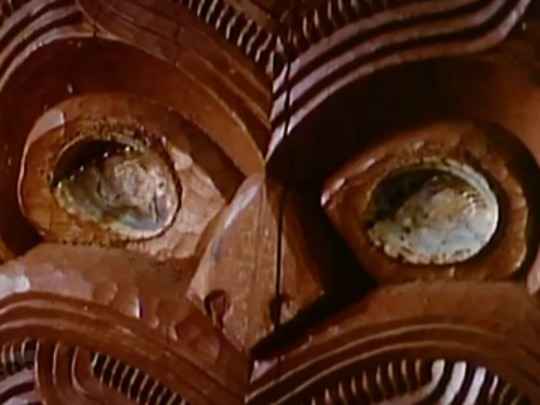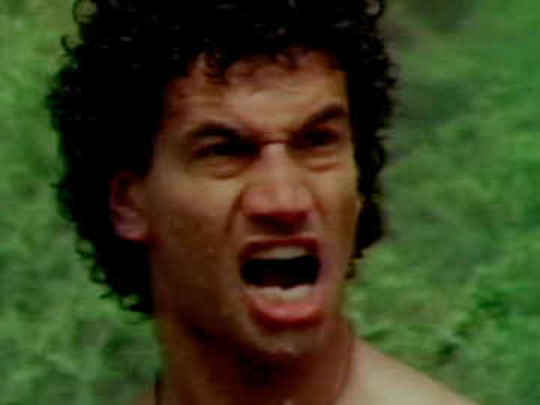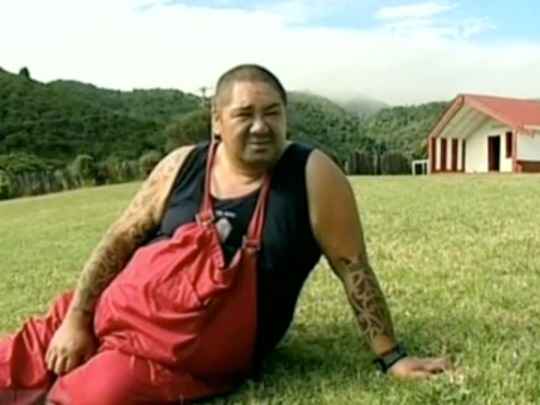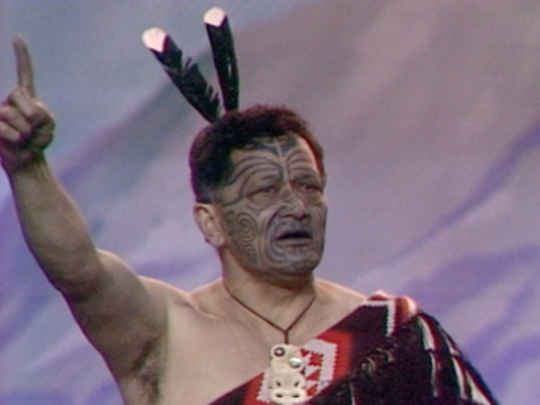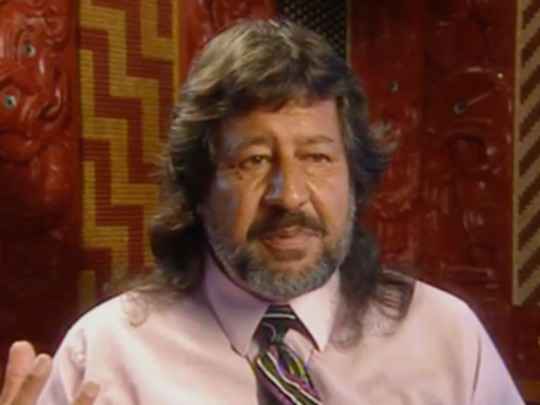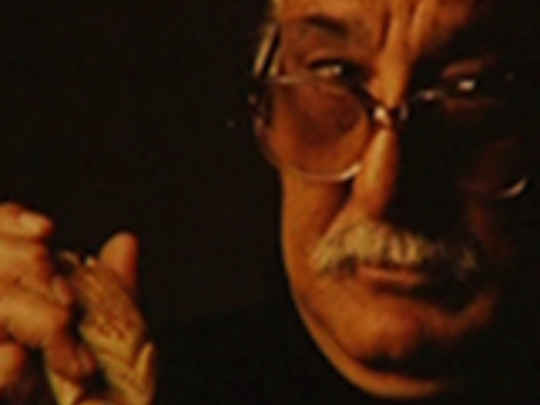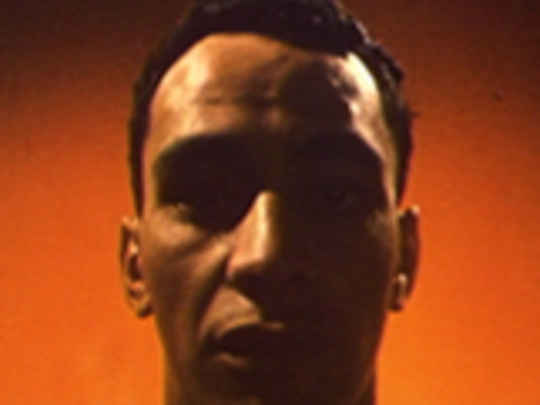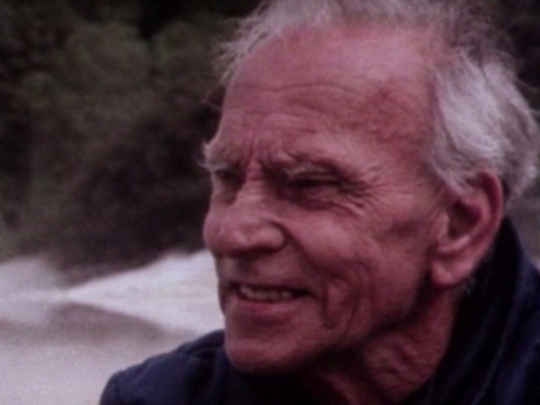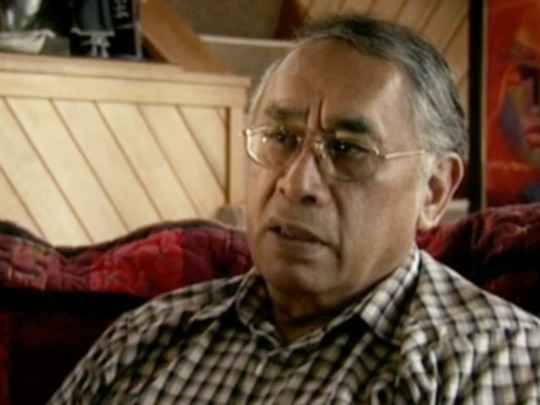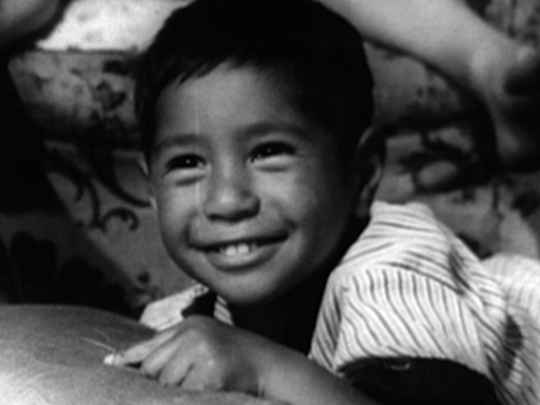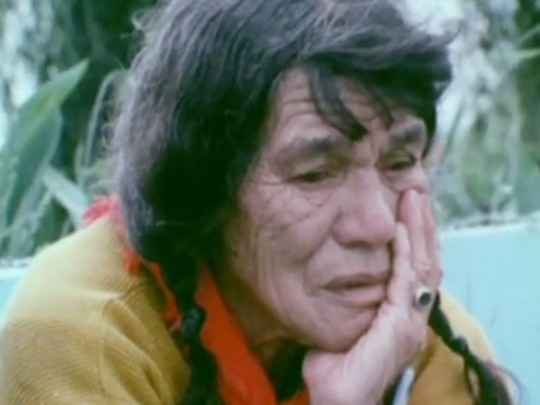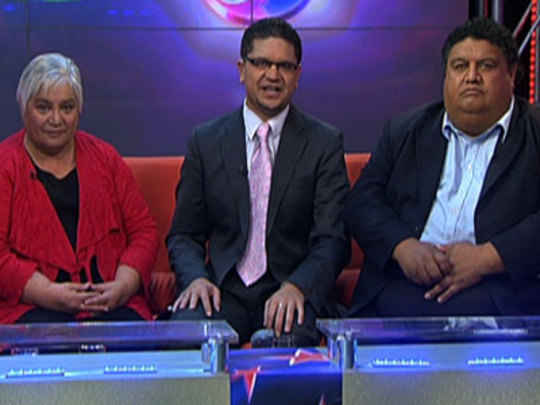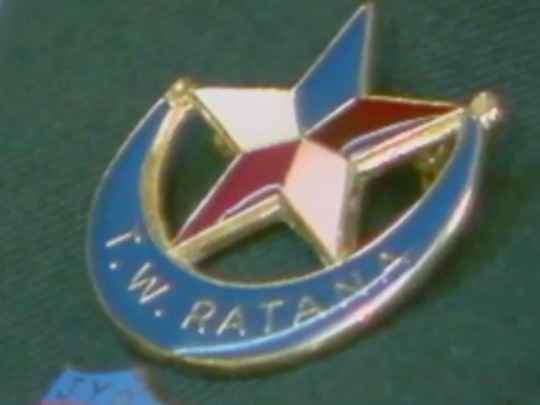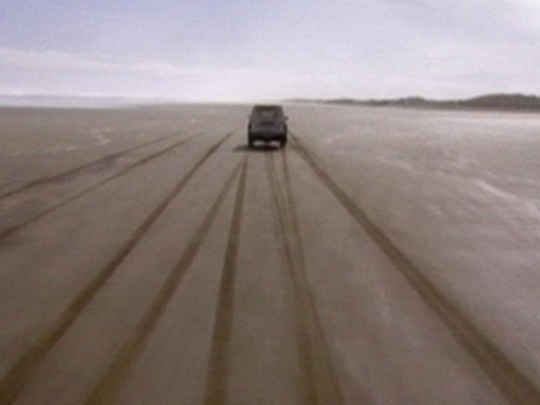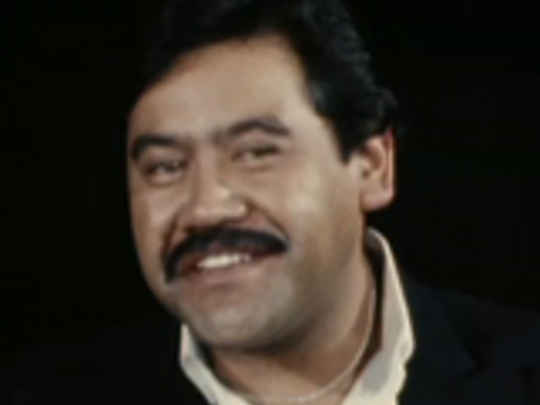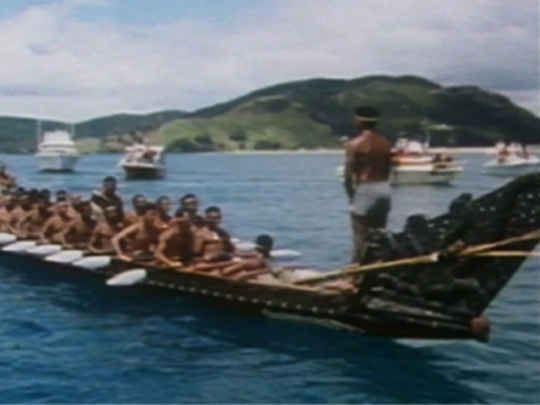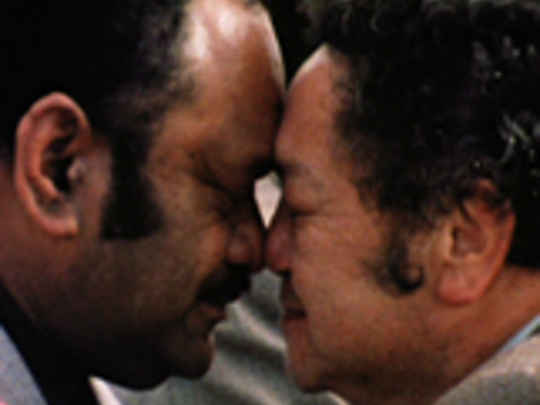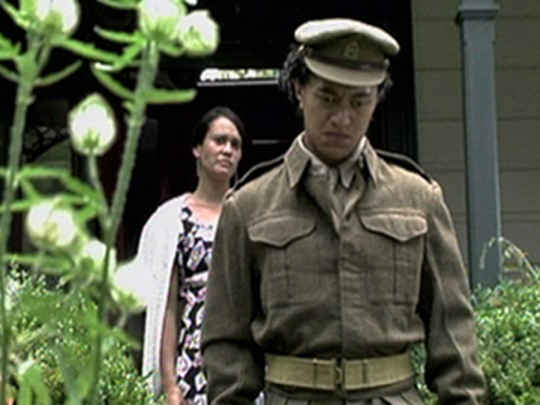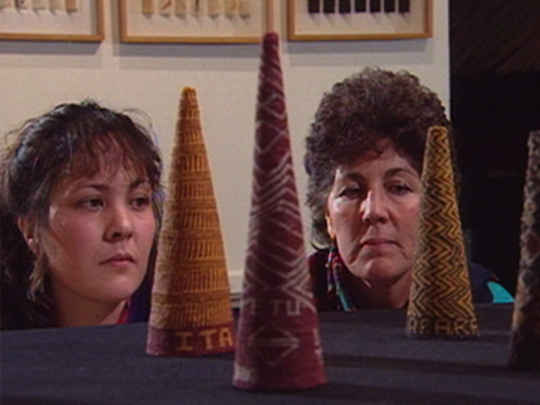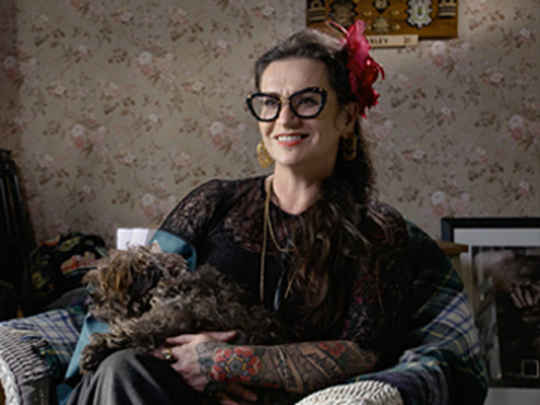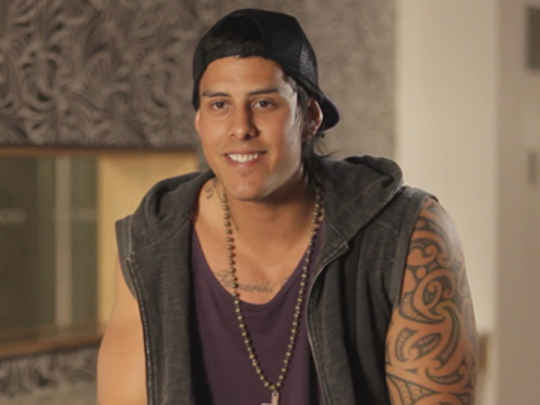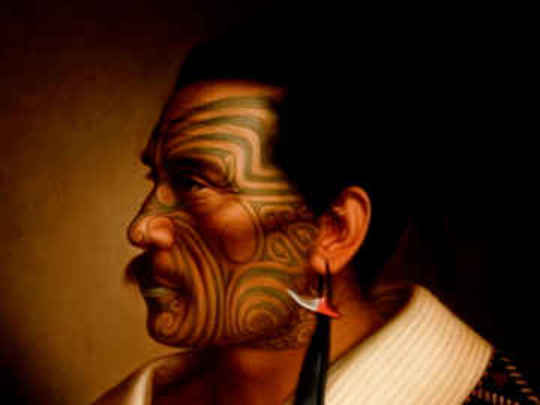Koha - Te Māori, A Cloak of Words
Television (Full Length) – 1984
A Producer’s Perspective
Regular Māori programmes started on Television New Zealand in 1980 with Koha, a once a week, 30 minute long programme in English. The Maori Programmes Unit at TVNZ was based in Tamaki Makaurau - Auckland - which has the largest Polynesian population in the Pacific.
Before 1986 Māori programmes were made under the direction of 'Special Projects'. We transmitted our first programmes as a fully fledged department in 1987. The first programmes broadcast by the new department were Waka Huia, Koha and Tagata Pasifika.
In the beginning Koha was funded by TVNZ (via the licence fee). In the early days Koha had a permanent lunch-time and prime-time slot on a Sunday evening. After government de-regulation of the industry, the programme moved later and later until it disappeared off the schedule.
In 1989 NZ On Air took on the funding responsibilities. There was a short break, during which Koha morphed into the magazine programme Marae. Koha was a programme that gave opportunities and experience to many people, some of whom are still very active in the industry today.
Koha provided an opportunity for Māori to tell their stories, and for Pākehā to look into Māori issues. Importantly, for young Māori it was an opportunity to discover a culture that many had become estranged from during the previous two decades when their families moved to the cities to find work and an opportunity to build new lives.
To enable a wider viewing audience to participate, Koha was broadcast in English. Occasionally, short passages of Māori were included; these sections tended to get longer and longer towards the end of the series. Some specials were made where language usage was totally Māori. These were few.
Koha was, in its early stages, a production budgeted as a magazine programme. General information programming was desired by the network. But the parameters of 'magazine' programming pay only lip service to the needs of Māori viewers. A production that restricts itself to the making of 'items' of general interest only inhibits its potential and ability to expand its skills base, and hence develop a range of programming which is able to meet more specific viewer needs.
The irony was that Koha's off-peak scheduling was also a way through the 'challenge' of being pigeon-holed as a magazine series. As Koha was screened in a non-commercial slot it was not as 'scrutinised' as other programmes and the producers felt free to 'experiment' - within of course, the budgetary limitations. They were also ever mindful of legal requirements.
The broadcasting world was going through a period of fundamental change itself. On the one hand TVNZ was finding itself ever more a "slave of market forces" and on the other, needing to provide a "public service". The implications of accelerating changes in technology too, had ramifications now on the way Koha needed to operate.
On the other hand, Māori television [on TVNZ] has been able to maintain a regular presence in a slot where our viewers always know they can find us. We have been able to build up our ratings considerably even though we are in what our people have always called an antisocial time-slot or 'ratings ghetto'. We weren't offered anything else so we took it!
It has been necessary to schedule a variety of programmes into the mix. The Māori audience is as sophisticated as the Pākehā, and there was an equivalent desire for a wide range of programming for the diverse interests that make up that Māori audience.
What sorts of programmes did Koha provide? They talked about social problems, tribal history, natural history, about weaponry, the preparation of food using old techniques, canoe history, carvings and their meanings, language and how it changed through time. Koha made predictions about where Māoridom was heading, profiles of people who made a contribution to society, and Koha talked about things that made Maori sing, laugh and cry.
